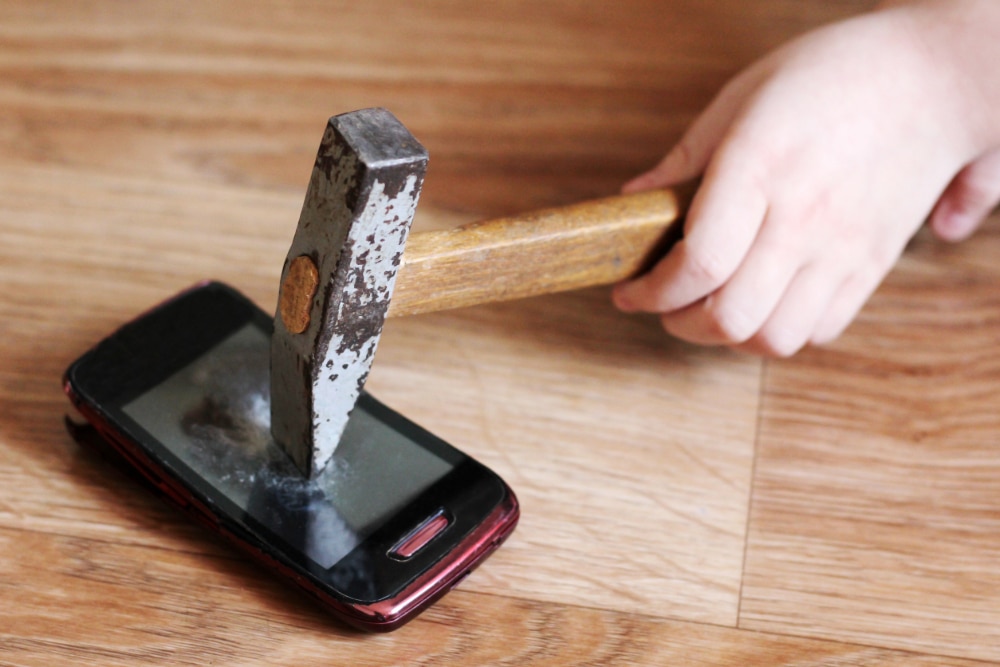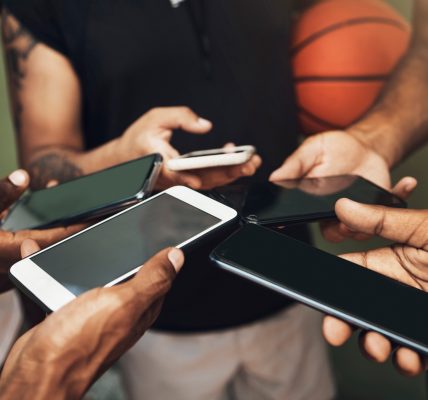Strategies for Breaking Free From Smartphone Addiction

As school districts implement social media bans and more adults look for ways to curtail their smartphone use, it is an opportune time to discuss methods for breaking free from smartphone addiction.
Let’s start with science. A systematic review of prevention and intervention strategies for smartphone addiction in students published in the well-named Journal of Evidence-Based Psychotherapies found 53 randomized controlled trials meeting their criteria for inclusion.
Researchers identified six major types of interventions and therapies for smartphone addiction:
- psychotherapy
- cognitive training
- behavioral interventions
- application restrictions
- social interventions
- complementary and alternative medicine
Let’s explore what they found to help free people from smartphone addiction in each of these six categories.
Psychotherapy
Therapies to reduce negative thoughts and addictive behaviors include Cognitive Behavioral Therapy (CBT), which “has become the preferred method for treating conditions such as psychological disorders, behavioral addiction, mood disorders, and other psychiatric problems.
CBT helps people identify and correct flaws in their thinking, such as phobias and pessimism. It helps individuals “to replace their original dysfunctional cognitive concepts and wrong assumptions, and limit unhealthy habits and negative emotions.”
CBT has been found to be effective against smartphone addiction, whether administered face-to-face, remotely, or through smartphone apps. The research cites several studies that oppose this conclusion. They claim that remote interventions are not as effective as in-person sessions with a trained psychologist, and they note that improvements from remote CBT are minor and don’t hold up over time.
A variation of CBT is Mindfulness-Based CBT. Mindfulness instruction is added to CBT for stress reduction and coping with cravings and cues. The idea is not to act on urges but rather to observe them as they strengthen and then dissipate. This works well with smartphone addiction, as patients learn to resist the temptation to check their phones. The researchers note:
This method can better prevent the extreme behavior and resistance caused by the prohibition of using smartphones and can reduce students’ academic anxiety and depression.
Another successful psychotherapy for smartphone addiction in adolescents is Solution-Focused Brief Therapy, which tries to build a positive attitude around habit change by presenting it as a series of problems to be solved. In trials, it has been shown to reduce smartphone addiction in as few as four sessions.
Peer relationship enhancement programs are another therapy that has been shown to reduce internet addiction and the tendency to become addicted to smartphones. It works on a child’s social skills, helping them regulate emotions and build communication skills.
Cognitive Training
Attentional Bias Training is something we have covered extensively on AddictionNews. There are many variations, such as dot-probe training, but most come down to this: focusing attention on positive cues while learning to ignore negative cues. It’s as simple as pulling healthy images toward you and pushing away unhealthy images.
Attentional bias training resulted in a “substantial reduction” in smartphone addiction in a study of college students, with 75% of those going through training no longer qualifying as “addicted,” in comparison with 46% of the control group:
The results showed that smartphone usage duration, attention deficit, and [addiction] level of the experimental group were significantly reduced, and the emotion regulation ability was marginally improved.
Inhibition Control is another form of cognitive training that has proven effective against smartphone addiction. Inhibition control includes the go/no-go task and the stop signal task, among others. Studies have shown significant improvement in smartphone addiction that persists for months after training.
Behavioral Interventions
As far as behavioral interventions go, the systematic review identified two that were effective against smartphone addiction: Exercise and the Bedtime Intervention.
Practicing an exercise routine immediately cuts down on smartphone use. It diverts attention from the smartphone while reducing stress, anxiety, and other negative emotions. Researchers found that as smartphone usage declined, “negative emotions were reduced, while self-confidence, interpersonal communication skills, and learning efficiency were improved.”
The bedtime intervention is simple: Smartphone use must cease one hour before bedtime. Students who adhere to this restriction experience significantly better sleep quality, leading to improved school performance.
Application Restrictions
Many of these smartphone applications are new, and there is scant data on their long-term effectiveness against smartphone addiction.
First up is SAMS, the Smartphone Addiction Management System. This app not only monitors all usage of the phone, but it can also be set to limit time on the phone or time on specific apps.
The next is No Use is Good Use (NUGU), which adds a social element, connecting the user with others who are also trying to limit smartphone use. Similar to the BrainWeighve app produced by the publisher of AddictionNews, NUGU relies on users establishing their own goals, determining their own strategies, then monitoring their own behavior and sharing results with a peer group and/or a medical professional.
FamilyLink from Google is a parental control app that allows the whole family to be involved in the regulation of smartphone use. It combines monitoring frequency and duration of use for all family members with “goal-based use limiting and collaborative rule-setting.” The authors also mention Lock n’ LoL, a smartphone app meant to limit distractions for a group working on a project together.
Social Intervention
Basic health education programs have been shown to be helpful in reducing smartphone addiction. Good results have been shown with a series of six to eight classes in managing smartphone use.
The other social intervention the researchers examined is called an Environmental Intervention involving a student’s school and family. It’s sort of a 360-degree attempt to monitor and restrict an individual’s smartphone usage. The program’s effectiveness hinges on the school providing classes and rules on smartphone usage, and the family organizing activities that reduce boredom and idleness.
Complementary and Alternative Medicine
Under this heading, the researchers include smartphone addiction treatments such as music therapy and art therapy. They have a positive impact on stress reduction, emotional expression, brainwave regulation, and self-control.
In conclusion, the authors stress the need for more follow-up studies to determine how lasting the effects of these therapies are.
Written by Steve O’Keefe. First published November 3, 2025.
Sources:
“A systematic review of prevention and intervention strategies for smartphone addiction in students,” Journal of Evidence-Based Psychotherapies, September 2021.
Image Copyright: olgasab.




